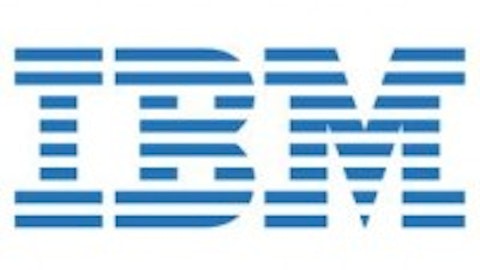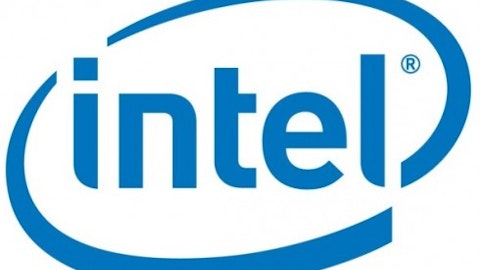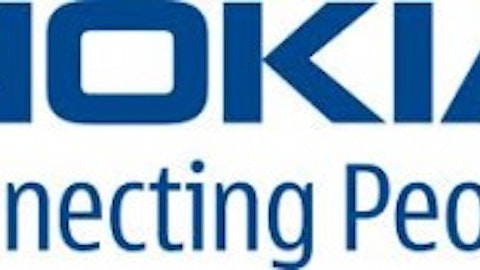The rumors were true! Microsoft Corporation (NASDAQ:MSFT) has just announced a major internal restructuring as it kicks off its new fiscal year. The company has shared an internal memo from CEO Steve Ballmer that lays out the future of “One Microsoft.”
In no uncertain terms, this is a dramatic overhaul of the software giant’s organizational hierarchy that will change how departments collaborate and revamp internal resource allocation policies, among other things. The previous structure was known to foster too much competition between departments, all vying for resources to fulfill their own goals. Former Windows head Steven Sinofsky reportedly used to undermine any products that would have reduced the importance of his own segment, which is hardly good for collaboration.
Microsoft’s own worst enemy
Microsoft Corporation (NASDAQ:MSFT)’s internal performance review system is built on a stack ranking system that fostered too much internal competition at the expense of cooperation. A pre-specified percentage of employees are categorized as top performers, good performers, average performers, or poor performers, regardless of their accomplishments in absolute terms. Everything is relative, so everything is about competing with coworkers instead of working together.
This system has been characterized as the “most destructive process inside of Microsoft.” These types of rankings aren’t exactly uncommon among large companies. Microsoft Corporation (NASDAQ:MSFT) just took it to a “dysfunctional” level, according to an op-ed in The New York Times in 2010 penned by former Microsoft Corporation (NASDAQ:MSFT) exec Dick Brass.
This may all be about to change.
Function over form
Under the new structure, Microsoft Corporation (NASDAQ:MSFT) will be organized by function rather than by product. Microsoft has had five operating segments for many years, all based on products. Windows, servers, and business were the cash cows while online services and entertainment and devices were on the side.
Now, Microsoft Corporation (NASDAQ:MSFT) will have organizations dedicated to things like engineering, marketing, and research, all of which will focus on the company’s unified strategy of becoming a devices-and-services company. In Ballmer’s words: “We are rallying behind a single strategy as one company — not a collection of divisional strategies.”
Be like Apple
On a high level, this is largely the structure that Apple Inc. (NASDAQ:AAPL) has employed. The Mac maker has groups that work on individual products, but organizationally the company’s primary departments are for software engineering, hardware engineering, and online services, and other functions. There is no overarching “iPhone” department; instead, there are employees within each organization that work on different products. To get a better picture, here is an organizational chart that Fortune compiled back in 2011.
Apple Inc. (NASDAQ:AAPL) just made its own organizational changes last year under Tim Cook in the name of greater collaboration. The changes weren’t as sweeping as Microsoft’s, but the underlying goal is identical. Apple Inc. (NASDAQ:AAPL) also had a software exec (Scott Forstall) that had a bad reputation of not playing well with others.
Back to the future
As Microsoft embarks upon its fiscal 2014, it’s facing a computing landscape that favors integrated offerings. It’s also safe to say that competition over the future of computing has never been more intense. Mobile is here to stay and Apple and Google Inc (NASDAQ:GOOG) call the shots there. Microsoft Corporation (NASDAQ:MSFT) has started to gain traction, recently becoming the No. 3 smartphone platform over Research In Motion Ltd (NASDAQ:BBRY), but it has a long way to go if it hopes to remain relevant in an era of integrated mobile computing.
The restructuring is an important step in the right direction.
The article Microsoft Emerges From the Cocoon of Bureacracy originally appeared on Fool.com and is written by Evan Niu, CFA.
Fool contributor Evan Niu, CFA, owns shares of Apple. The Motley Fool recommends Apple and Google. The Motley Fool owns shares of Apple, Google, and Microsoft.
Copyright © 1995 – 2013 The Motley Fool, LLC. All rights reserved. The Motley Fool has a disclosure policy.






